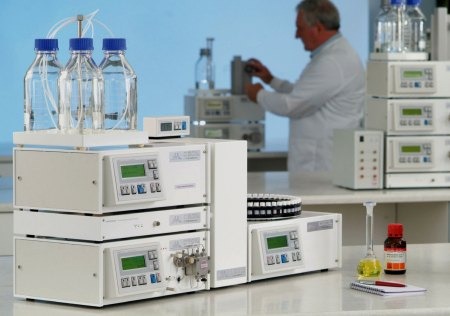
Ade Kujore from Cecil Instruments discusses the recent trends in HPLC systems and why this may eliminate the need for UHPLC in some laboratories.
Currently industry laboratories are facing the unfortunate trend towards downsizing.
As a result, employers will tend to retain analytical scientists who can not only press buttons and achieve the appropriate results, but can also quickly perform unaided troubleshooting.
HPLC systems which offer ease of their control, diagnostics, repair, maintenance and system testing, are useful tools in helping analytical scientists meet these tasks.
The use of modular systems and the ability to use a mobile phase of choice, not only offers scientists flexibility, but also the chance of straightforward troubleshooting, repair and maintenance.
Subsequently, I anticipate a decrease in the use of the “all in one black box instrument”.
The proprietary reagents’ HPLC system, where the user is unaware of the actual identity or nature of the reagents, mobile phases and columns may also face a decline.
If this proves to be incorrect, then there will be an increase in the degree of support which instrument manufacturers will be asked to provide.
HPLC versus UHPLC
There is an increased awareness of the choice between the use of HPLC versus UHPLC.
UHPLC involves more stringent and prolonged sample preparation. It may require more frequent maintenance and servicing and is a more expensive purchase.
Hence laboratories have to decide if they have sufficient time and resources to process the samples/data required/generated by UHPLC.
The availability of a growing variety of superficially porous particle/core shell type columns, often negates requirements for the use of UHPLC.
In these austere times, analytical scientists are looking to make cost effective purchases.
The longevity, flexibility, reliability and ease of maintenance of instrumentation, along with easy availability of spare parts and optional accessories contribute towards the cost effectiveness of the instrumentation.




